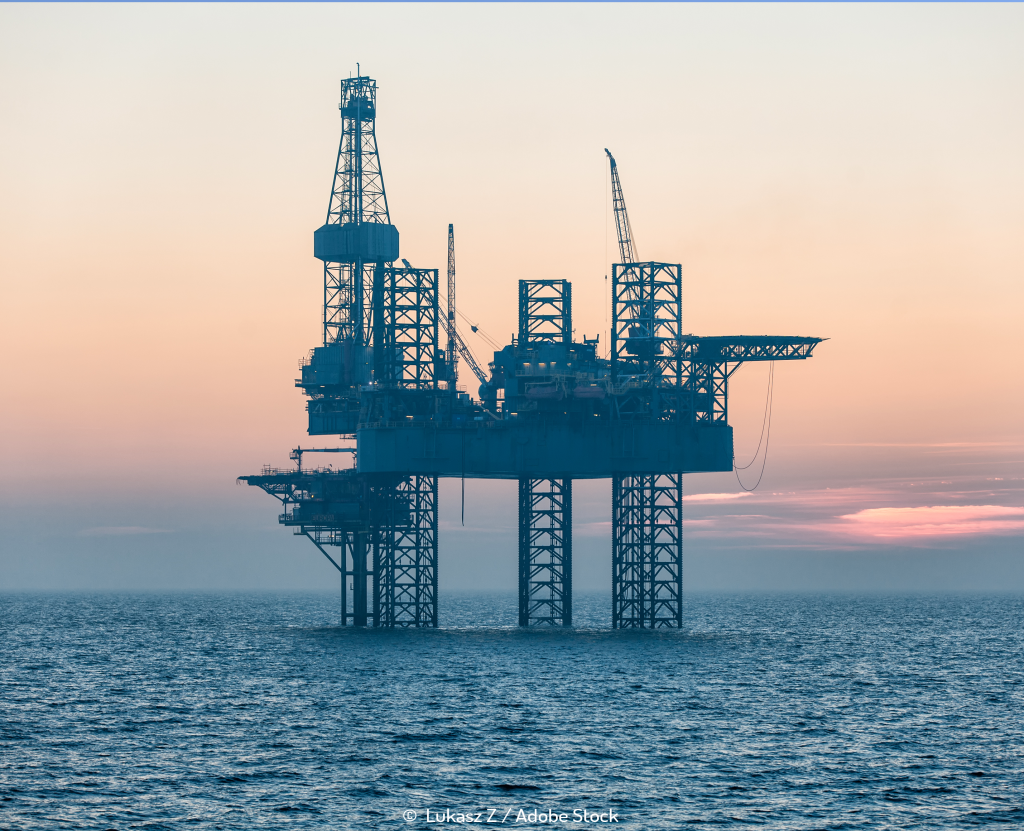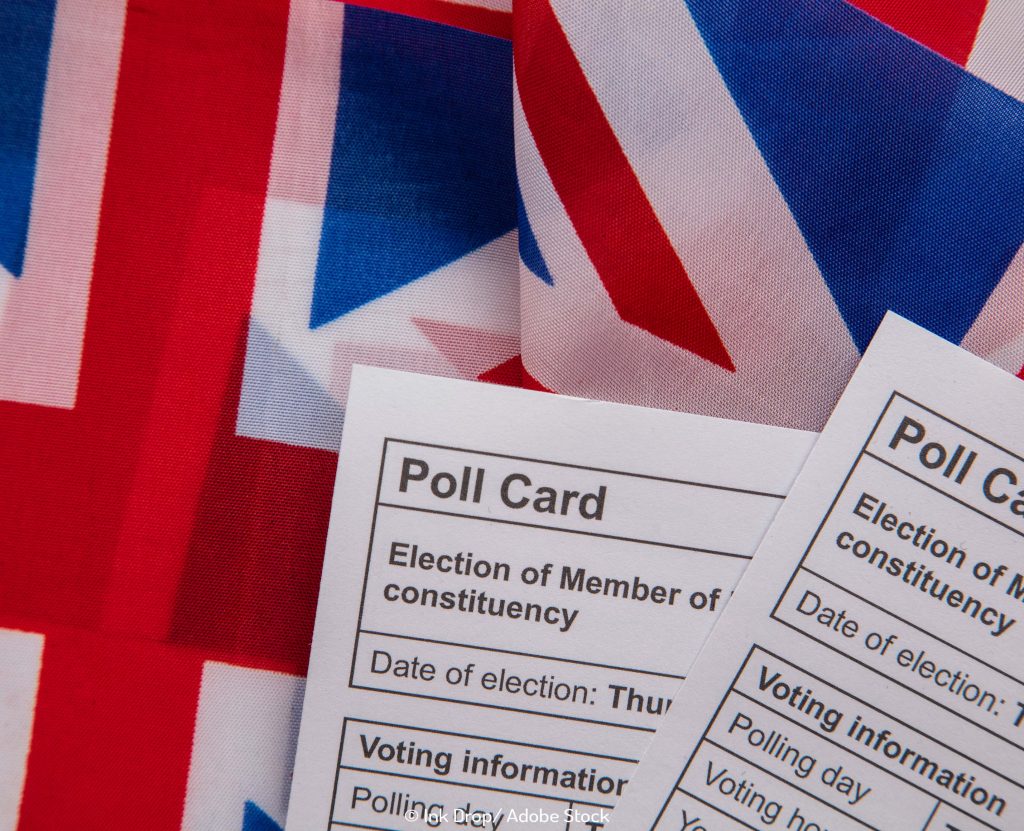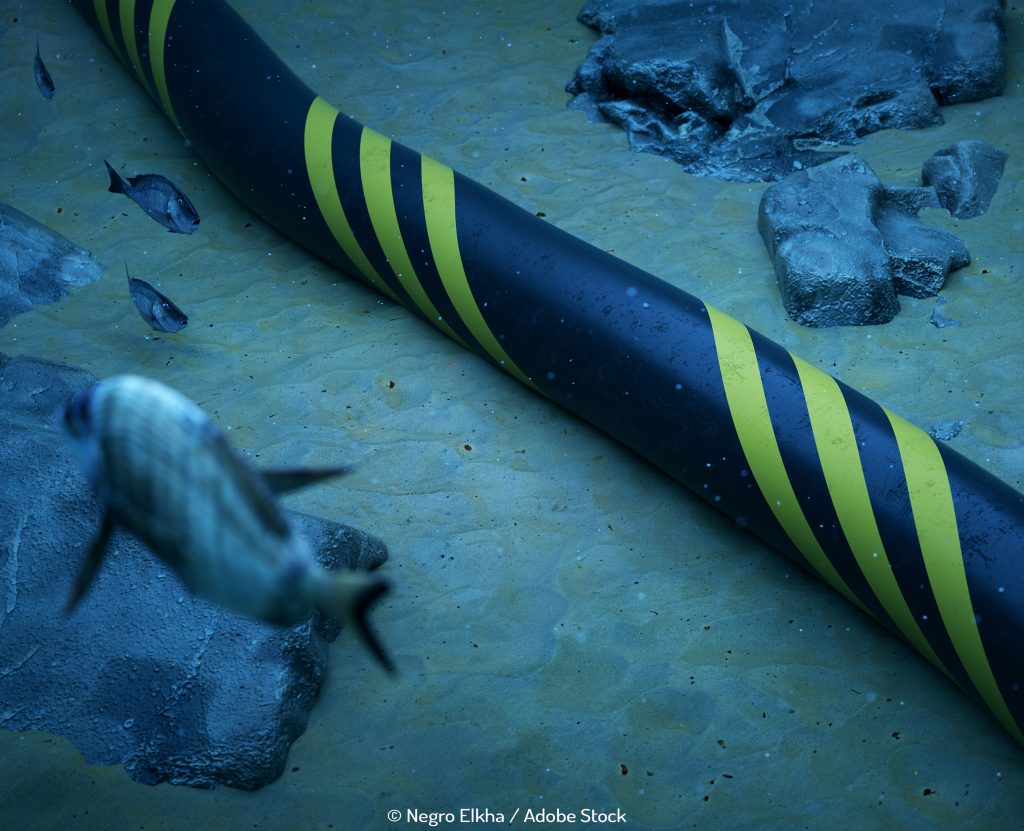
Dutch subsidy enables world’s first offshore green hydrogen project
Neptune Energy will host the PosHYdon validation project on its Q13a-A platform in the Dutch North Sea. The 3.6 million euro Netherlands Enterprise Agency (RVO) subsidy marks the start of activities for the project. The remaining costs of the over 10 million euro pilot will be bourn by the project consortium partners.
PosHYdon is the brainchild of two Dutch energy initiatives, Nexstep, the Dutch association for decommissioning and reuse, and TNO, the Dutch organisation of applied scientific research. A consortium of industry partners including DEMA Offshore, Nel Hydrogen, InVesta, and TAQA Offshore will be involved. The project aims to evaluate and test the integration of three separate energy systems: offshore wind, offshore gas and offshore hydrogen, in order to generate green hydrogen from the fully electrified Neptune Energy platform.
Rene Peters, initiator of the North Sea Energy Program at TNO described the project: “PosHYdon is the ultimate example of system integration in the North Sea. In many studies, hydrogen is considered the missing link in the energy transition, with many talking about all the opportunities. But here, right off the coast of Scheveningen, it will actually take place. PosHYdon will teach us a lot about the next steps that need to be taken towards safe, large-scale green hydrogen production at sea. Offshore green hydrogen production will enable large-scale wind farms to be developed far out at sea. Wind energy is then directly converted to green hydrogen and can be transported through the existing gas infrastructure. As a result, offshore wind projects can be realised faster at significantly lower costs for society.”
Once completed, the project aims to generate 400kg of green hydrogen a day. Electricity generated by offshore wind turbines will power a desalinator to convert seawater to demineralized water and power a 1MW electrolyser to separate the hydrogen. The resulting green hydrogen will be mixed with the platform gas and exported via the existing pipeline. The pilot will provide valuable experience of integrating energy systems in an offshore environment and of running an electrolyser on a variable supply. Project costs and maintenance requirements can also be monitored for optimisation.
Jacqueline Vaessen, Managing Director of Nexstep, national platform for reuse and decommissioning said, “Together with a number of operators and TNO, this idea arose about two years ago from a brainstorming session of the ‘Re-purpose’ working group within Nexstep. We looked at what the best location would be to host this pilot and then arrived at Neptune Energy’s Q13a-A, since that platform is already fully electrified using green electricity. Then the pioneering and search for suitable consortium partners began. This award is a crown on the preparatory work. I am therefore extremely proud PosHYdon is now ready for this important next phase.”
Neptune Energy is 50% partner and operator of the Q13a-A platform with EBN B.V. (40%) and TAQA Offshore (10%) the other partners. Neptune Energy’s Managing Director for the Netherlands, Lex de Groot said, “The Dutch North Sea sector has an exciting future as a ‘new energy hub’ and can play a leading role in large-scale green hydrogen production for north western Europe, given its infrastructure that connects offshore with onshore. The integration of energy systems supports net zero goals in a smart, efficient, and cost-effective manner and without disturbing existing sea ecosystems.
“The extensive infrastructure network is connected to international grids and can easily accommodate wind farms further out at sea by converting the production of green electricity into green hydrogen and transporting it to the grid onshore. PosHYdon will be the key to making this happen and we are excited to consider future opportunities that the pilot can help unlock.”
The project is hoping to produce first hydrogen within two to three years.


